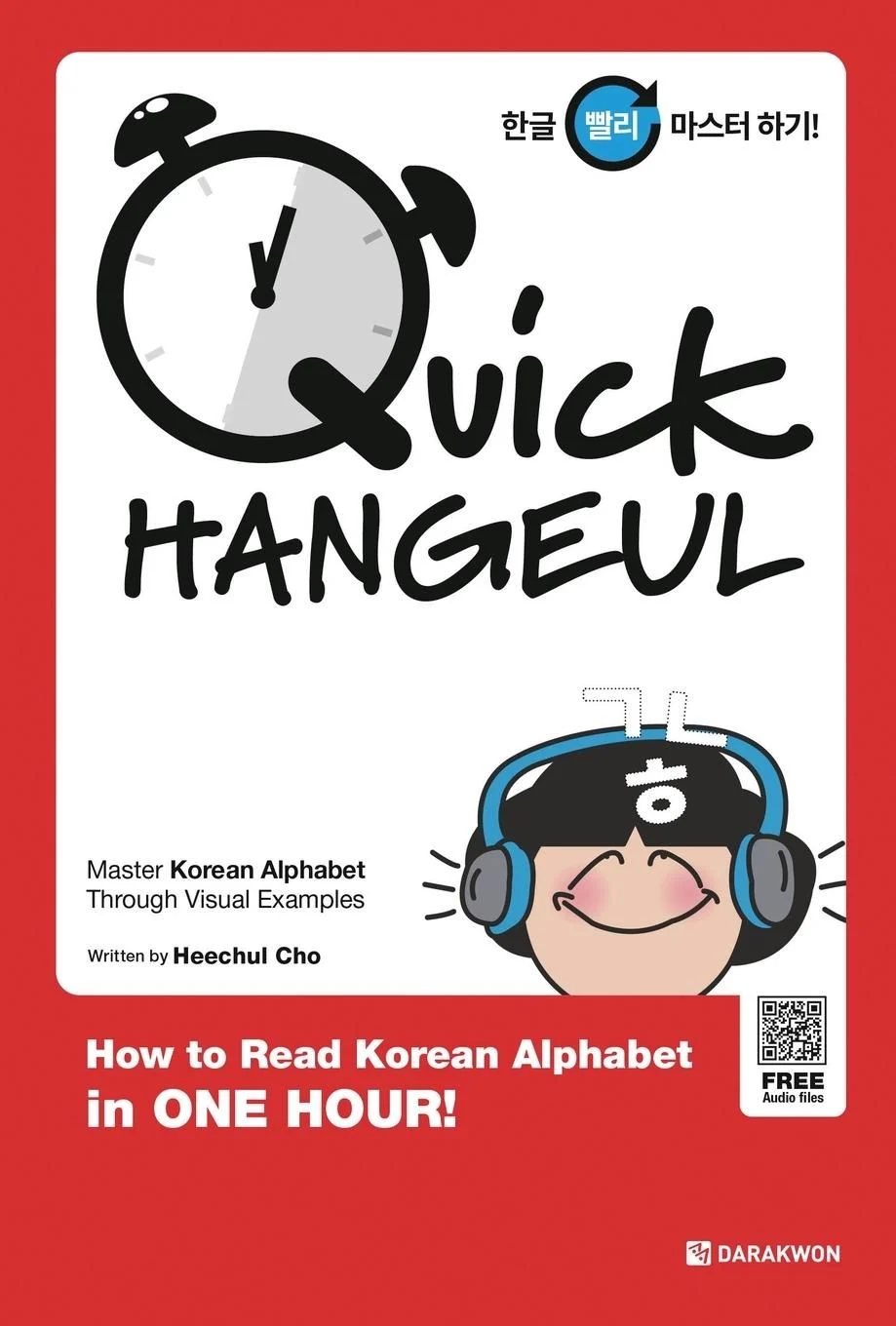Seung Eun Oh
Korean Made Easy for Beginners (with MP3 CD) plus Key Phrase Book
€14.90*
% €34.90* (57.31% saved)-
Art.num./ISBN: 9788972557975
-
Publisher: Darakwon
-
number of pages: 288
-
Year: 2006
-
Media type: Buch + CD
-
Author: Seung Eun Oh
In stock. Ready to ship within 1-3 weekdays
Product information "Korean Made Easy for Beginners (with MP3 CD)"
This version with CD is on sale since the 2nd version without CD has been recently published. Order this version and get the audio files on CD plus the download files.
Click here to download the audiofiles
- Integrated Korean textbook for self-study
- a beginning textbook with the easiest to understand explanations on the market
- extensive use of pictures and tables for clear understanding
Korean Made Easy for beginners is made for a self study purpose using a simple conversational method to teach you everything that you need to start speaking and understanding Korean. The book is designed to be completed in a short time and simple enough for anyone with no background in Korean.
1. Fun and easy
- Easy explanations on Korean designed after the origin of Hangeul.
- Essential grammar taught simply and directly through visual presentations.
- Extensive use of pictures and tables for clear understanding.
- CD recordings of professional voice actors and comprehensive explanations help you master Korean pronunciation.
2. Practical
- 20 lessons on practical, everyday topics
- Additional vocabularies and practical expressions of everyday life are presented with lively illustrations
- Listening and reading exercises designed after Korean Language Proficiency Test (KLPT)
- Fun explanations on unique Korean culture
3. CD
- 40 lively dialogues and 20 essential pronunciation points
- 20 listening exercises
4. Key Phrase Book
- 38 practical phrases for everyday usage
Contents
- Introduction to Hangeul
- Hangeul Ⅰ
- Hangeul Ⅱ
- Hangeul Ⅲ
- Hangeul Ⅳ
Chapter 1 안녕하세요? 저는 폴이에요.(Hello. I'm Paul.)
Chapter 2 아니요, 회사원이에요.(No, I am an office worker.)
Chapter 3 이게 뭐예요?(What is this?)
Chapter 4 화장실이 어디에 있어요?(Where is the bathroom?)
Chapter 5 한국 친구 있어요?(Do you have any Korean friends?)
Chapter 6 전화번호가 몇 번이에요?(What is your phone number?)
Chapter 7 생일이 며칠이에요?(What day is your birthday?)
Chapter 8 보통 아침 8시 30분에 회사에 가요.(I usually go to the office at 8:30 in the morning.)
Chapter 9 집에 지하철로 가요.(I go home by subway.)
Chapter 10 전부 얼마예요?(How much is it all together?)
Chapter 11 어디에서 저녁 식사 해요?(Where do you have dinner?)
Chapter 12 매주 일요일에 영화를 봐요.(I see a movie every Sunday.)
Chapter 13 머리가 아파요.(I have a headache.)
Chapter 14 지난주에 제주도에 여행 갔어요.(Last week I traveled to Jeju island.)
Chapter 15 내일 한국 음식을 만들 거예요.(I will make Korean food tomorrow.)
Chapter 16 같이 영화 보러 갈 수 있어요?(Should we go see a movie together?)
Chapter 17 미안하지만, 다시 한 번 말해 주세요.(I'm sorry but please tell me one more time.)
Chapter 18 저도 한국어를 배우고 싶어요.(I also want to learn Korean.)
Chapter 19 그 다음에 오른쪽으로 가세요.(After that please go right.)
Chapter 20 성함이 어떻게 되세요?(What is your name?)
- Appendix
211, Munbal-ro, Gyeonggi-do
10883 Paju-si
Korea (Republic of)
Prinzenweg 10
93047 Regensburg
Germany





